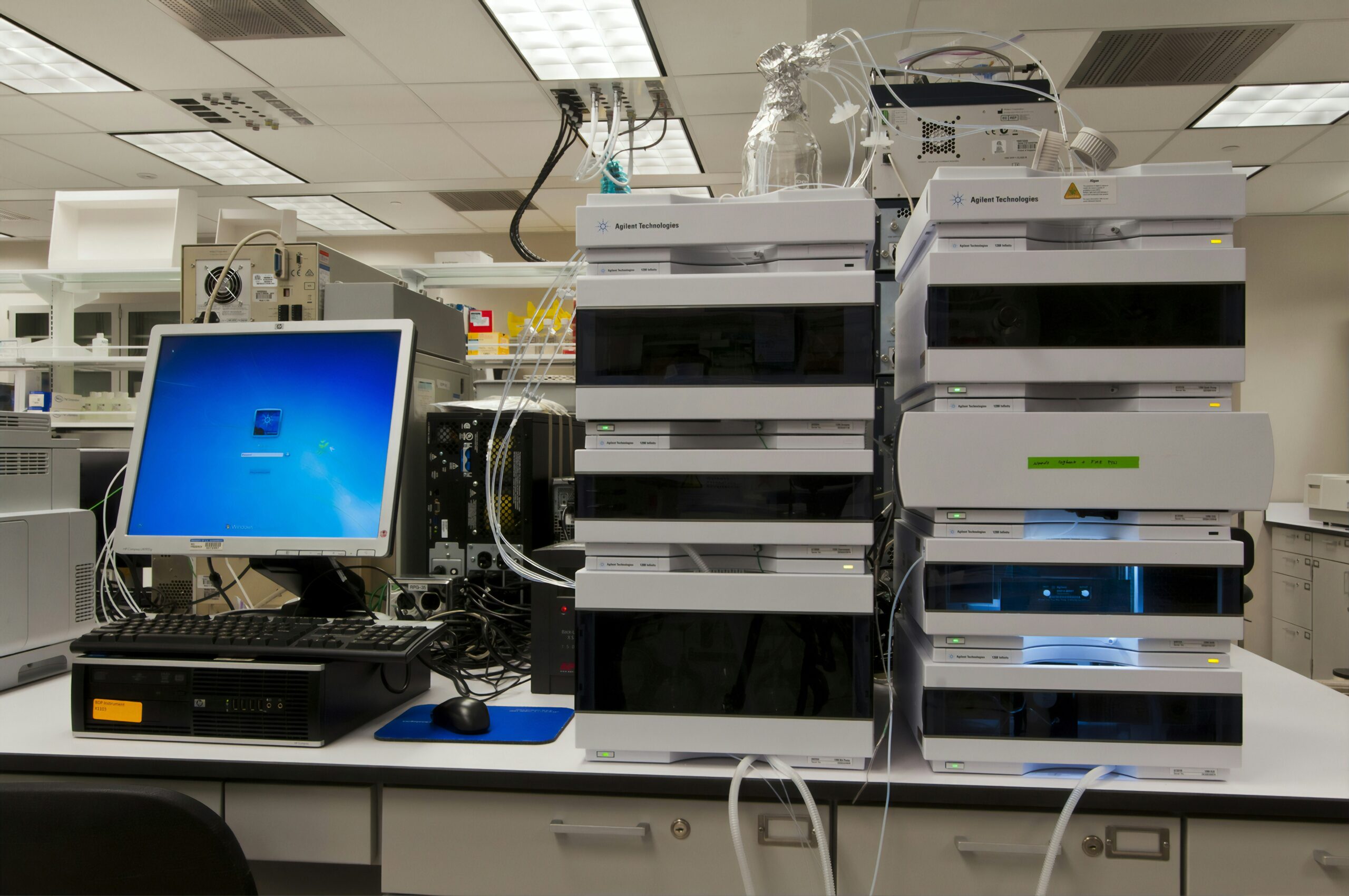A comprehensive review published in Current Pharmaceutical Analysis explores the therapeutic potential of pyridazinone derivatives, a class of heterocyclic compounds with significant biological activities. The study, led by Mohamed El Bouamri and colleagues, examines the design, synthesis, and pharmacological profiles of these compounds, highlighting their potential in treating various diseases.
Pyridazinone derivatives have garnered considerable attention due to their structural diversity and broad spectrum of biological activities, including anticancer, anti-inflammatory, antimicrobial, and neuroprotective properties. “These compounds have shown remarkable potential in multiple therapeutic areas, making them a valuable target for drug discovery,” said El Bouamri.
The review covers the synthesis of pyridazinone derivatives, emphasizing innovative methodologies and their applicability for structural modification. It also discusses the structure-activity relationships (SAR) and mechanisms of action, providing insights into recent advancements from 2010 to 2024. “Understanding the SAR and molecular targets of these compounds is crucial for optimizing their therapeutic efficacy,” El Bouamri added.
Despite significant progress, challenges remain in developing pyridazinone-based therapeutics, particularly concerning bioavailability and target specificity. The authors propose future research directions, considering emerging strategies in medicinal chemistry and drug design. This work serves as a valuable reference for researchers aiming to develop new pyridazinone derivatives with improved pharmacological properties.
